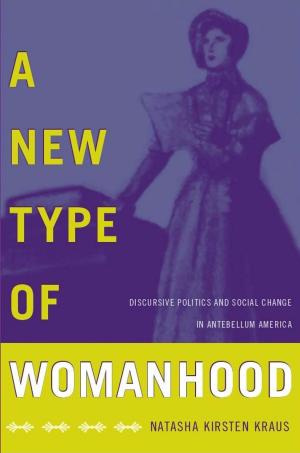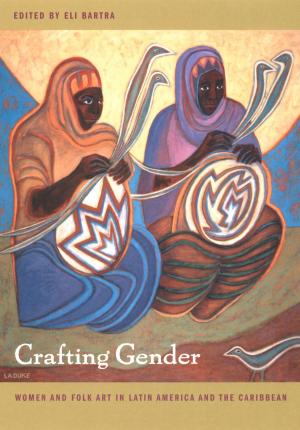Violence As Obscenity
Limiting the Media’s First Amendment Protection
Nonfiction, Reference & Language, Law, Civil Procedure, Social & Cultural Studies, Political Science| Author: | Kevin W. Saunders | ISBN: | 9780822398929 |
| Publisher: | Duke University Press | Publication: | April 15, 1996 |
| Imprint: | Duke University Press Books | Language: | English |
| Author: | Kevin W. Saunders |
| ISBN: | 9780822398929 |
| Publisher: | Duke University Press |
| Publication: | April 15, 1996 |
| Imprint: | Duke University Press Books |
| Language: | English |
This timely and accessible volume takes a fresh approach to a question of increasing public concern: whether or not the federal government should regulate media violence. In Violence as Obscenity, Kevin W. Saunders boldly calls into question the assumption that violent material is protected by the First Amendment. Citing a recognized exception to the First Amendment that allows for the regulation of obscene material, he seeks to expand the definition of obscenity to include explicit and offensive depictions of violence.
Saunders examines the public debate on media violence, the arguments of professional and public interest groups urging governmental action, and the media and the ACLU’s desire for self-regulation. Citing research that links violence in the media to actual violence, Saunders argues that a present danger to public safety may be reduced by invoking the existing law on obscenity. Reviewing the justifications of that law, he finds that not only is the legal history relied on by the Supreme Court inadequate to distinguish violence from sex, but also many of the justifications apply more forcefully to instances of violence than to sexually explicit material that has been ruled obscene. Saunders also examines the actions that Congress, states, and municipalities have taken to regulate media violence as well as the legal limitations imposed on such regulations by the First Amendment protections given to speech and the press. In discussing the current operation of the obscenity exception and confronting the issue of censorship, he advocates adapting to the regulation of violent material the doctrine of variable obscenity, which applies a different standard for material aimed at youth, and the doctrine of indecency, which allows for federal regulation of broadcast material.
Cogently and passionately argued, Violence as Obscenity will attract scholars of American constitutional law and mass communication, and general readers moved by current debates about media violence, regulation, and censorship.
This timely and accessible volume takes a fresh approach to a question of increasing public concern: whether or not the federal government should regulate media violence. In Violence as Obscenity, Kevin W. Saunders boldly calls into question the assumption that violent material is protected by the First Amendment. Citing a recognized exception to the First Amendment that allows for the regulation of obscene material, he seeks to expand the definition of obscenity to include explicit and offensive depictions of violence.
Saunders examines the public debate on media violence, the arguments of professional and public interest groups urging governmental action, and the media and the ACLU’s desire for self-regulation. Citing research that links violence in the media to actual violence, Saunders argues that a present danger to public safety may be reduced by invoking the existing law on obscenity. Reviewing the justifications of that law, he finds that not only is the legal history relied on by the Supreme Court inadequate to distinguish violence from sex, but also many of the justifications apply more forcefully to instances of violence than to sexually explicit material that has been ruled obscene. Saunders also examines the actions that Congress, states, and municipalities have taken to regulate media violence as well as the legal limitations imposed on such regulations by the First Amendment protections given to speech and the press. In discussing the current operation of the obscenity exception and confronting the issue of censorship, he advocates adapting to the regulation of violent material the doctrine of variable obscenity, which applies a different standard for material aimed at youth, and the doctrine of indecency, which allows for federal regulation of broadcast material.
Cogently and passionately argued, Violence as Obscenity will attract scholars of American constitutional law and mass communication, and general readers moved by current debates about media violence, regulation, and censorship.















